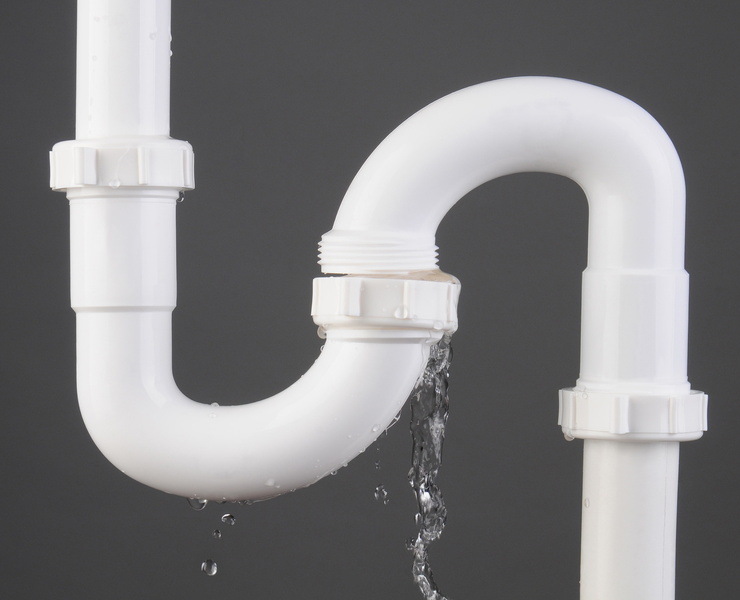Overview To Water Leak Detection In Your Home
Overview To Water Leak Detection In Your Home
Blog Article
Listed here down the page you will discover more good quality resources all about Finding hidden leaks.

Early discovery of dripping water lines can reduce a potential disaster. Apart from conserving you cash, it will certainly minimize the worry as well as aggravation. The minute you locate a leak, calling your plumber for repair services is the very best remedy. Some little water leaks may not be visible. Right here are some hacks that aid if you can not discover it with your naked eyes.
1. Examine the Water Meter
Every home has a water meter. Inspecting it is a guaranteed way that assists you find leakages. For beginners, turn off all the water resources. Ensure no one will certainly flush, utilize the faucet, shower, run the cleaning equipment or dishwasher. From there, go to the meter and watch if it will certainly change. Because no one is using it, there must be no activities. That suggests a fast-moving leakage if it relocates. Also, if you detect no changes, wait a hr or 2 and also examine back once more. This indicates you may have a slow leak that might also be below ground.
2. Check Water Consumption
Examine your water expenses as well as track your water usage. As the one paying it, you must observe if there are any type of inconsistencies. If you detect sudden changes, regardless of your intake coinciding, it means that you have leaks in your plumbing system. Remember, your water costs need to fall under the same range each month. An abrupt spike in your costs indicates a fast-moving leakage.
A consistent boost every month, also with the same practices, shows you have a slow-moving leak that's likewise slowly escalating. Call a plumber to extensively check your property, particularly if you feel a cozy area on your floor with piping beneath.
3. Do a Food Coloring Examination
When it comes to water consumption, 30% comes from toilets. If the shade somehow infiltrates your dish throughout that time without flushing, there's a leakage in between the container and bowl.
4. Asses Exterior Lines
Do not neglect to check your outside water lines as well. Should water seep out of the link, you have a loose rubber gasket. One tiny leak can waste loads of water as well as spike your water costs.
5. Evaluate the situation and examine
House owners ought to make it a routine to examine under the sink counters as well as even inside cupboards for any bad odor or mold growth. These two red flags indicate a leakage so prompt focus is needed. Doing regular evaluations, also bi-annually, can save you from a major issue.
Inspect for stainings and damaging as the majority of pipes and devices have a life span. If you believe leaking water lines in your plumbing system, don't wait for it to escalate.
Early detection of dripping water lines can mitigate a prospective catastrophe. Some little water leakages may not be visible. Examining it is a guaranteed means that helps you discover leaks. One little leakage can lose heaps of water and increase your water costs.
If you presume leaking water lines in your plumbing system, do not wait for it to rise.
How to Know If Your Home Has a Hidden Leak
Water Meter Reveals Inexplicable Water Usage
If you’d like to test whether or not there’s a leak somewhere in your home, you can do this using your water meter. Here is how to conduct the test:
Don’t use any water in your home for at least 30 minutes; this also means not turning on faucets or water-using appliances.
Go outside, and check your water meter for activity.
If your water meter shows that there was activity, even though no one was using any water, this proves that there is a leak in your home.Visible Mold or Mildew Growth
Leaks behind walls create moist, dark environments that allow mold and mildew to grow and thrive. Eventually, you might see mold growth forming on the wall closest to a hidden leak.
If mold is growing in an area that receives a high amount of moisture, such as a bathroom, it may simply be an indication that better ventilation is needed. However, if you see mold growth on a wall or the ceiling in an area where you would not expect, you probably have a hidden leak.
Musty, Mildew Odor
Sometimes you might not be able to see the mold or mildew that is growing as a result of a leak. However, the smell can give the problem away just as easily. If you catch a whiff of something musty, there’s a good chance that old water is collecting somewhere in your home that you can’t see.
Stained/Warped Walls, Ceilings, or Floors
When your home soaks up water, a variety of red flags can become visible, including ceiling stains, bubbling drywall, warped walls, and sagging floors. While these issues can be caused by excess humidity, they can also be signs that a pipe or plumbing connection has started leaking behind your walls.
Inexplicably High Water Bill
After a while, you get a general sense for what your water bill should be. If you own a pool or sprinkler system, your bill will tend to be higher during summer. However, if you receive a water bill that seems especially high, and you can’t figure out what caused it, then you may have a hidden leak somewhere that’s increasing your bill.
https://www.plumbingjoint.com/blog/2019/july/how-to-know-if-your-home-has-a-hidden-leak/

I was shown that report on Hacks to detect leaks from someone on a different website. So long as you enjoyed our blog post if you please make sure you remember to pass it around. I praise you for your time. Please pay a visit to our blog back soon.
Report this page